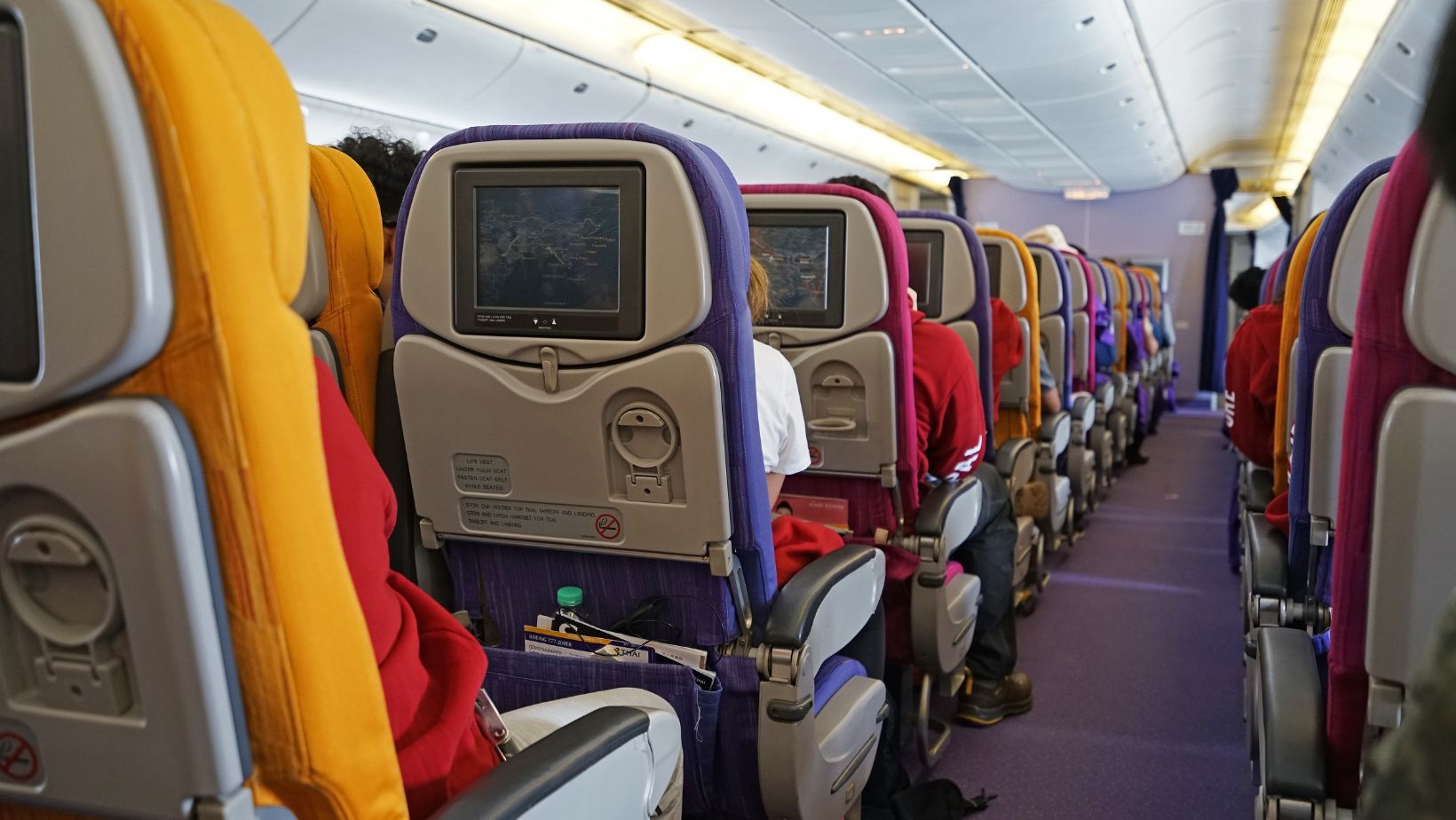Thailand’s aviation industry is on track to recover to pre-pandemic levels by next year, setting the stage for a remarkable ascent into the global top 10 aviation hubs by 2033. According to the International Air Transport Association (IATA), the first nine months of this year witnessed Thailand’s international flights rebounding to an impressive 71% of 2019 levels.
IATA’s projections indicate that Thailand is positioned to secure the ninth spot among the world’s leading aviation hubs over the next decade. The current top-ranking nations include China, the United States, India, Indonesia, the United Kingdom, Spain, Japan, and Germany.
The Thai aviation landscape is further set to welcome new players, as nine recently licensed airlines await air operator certificates to commence operations in the coming months. This influx is expected to inject dynamism into the industry, contributing to Thailand’s upward trajectory in the global aviation arena.
The country’s Transport Ministry is actively working on bolstering infrastructure and air transport capabilities to accommodate the anticipated surge in inbound travel. This surge is fueled by proactive tourism stimulus policies, such as expanded visa-free entry for key markets like India and China.
The Transport Ministry’s comprehensive plan is structured across three phases, each aimed at fortifying different aspects of the aviation ecosystem. In the short term, under Phase 1, the Civil Aviation Authority of Thailand (CAAT), Airports Authority of Thailand Plc (AOT), and Aeronautical Radio of Thailand Ltd are tasked with increasing flight schedules by 15% per week to meet the growing travel demand.
Moving into the medium term with Phase 2 (1-3 years), the focus shifts to enhancing the capabilities of existing airports, ensuring they are equipped to handle the expected surge in air traffic.
Phase 3 (5-7 years) is poised to be a game-changer, with plans to boost passenger and flight capacity through the construction of second airport terminals in Chiang Mai and Phuket, as well as the expansion of other crucial tourism zones. Once completed, these projects are expected to add a staggering 50 million passengers annually to the two airports, solidifying Thailand’s position as a global aviation powerhouse.
As the Thai aviation sector charts this ambitious course of recovery and growth, the industry is not only set to reclaim its former glory but also aims to soar to new heights on the international stage. With a strategic plan in place and a clear vision for the future, Thailand is well on its way to becoming a key player in the global aviation landscape. Travel enthusiasts and industry stakeholders alike eagerly await the unfolding of this exciting chapter in Thailand’s aviation history.



